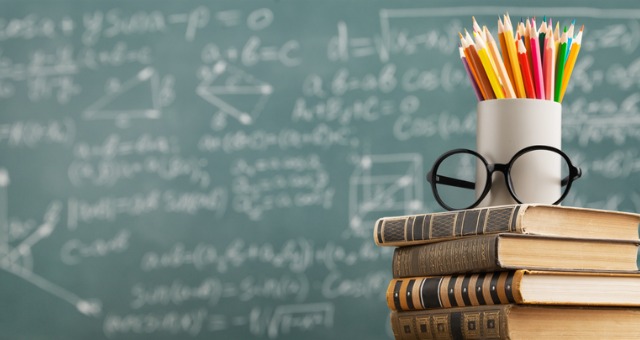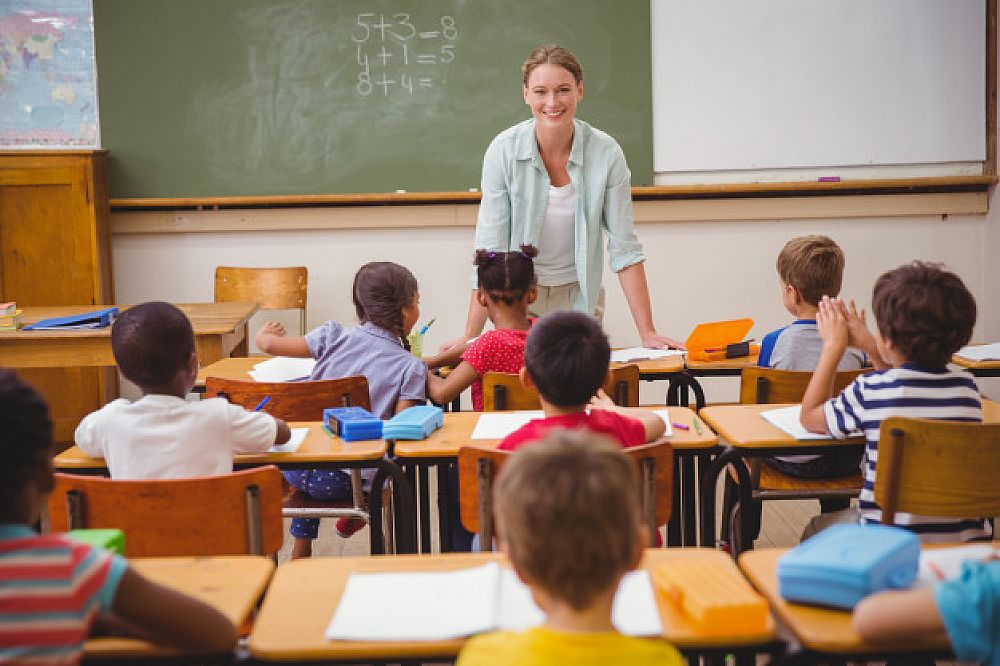Improve Your Child’s Performance with Primary Science Tuition Singapore
Improve Your Child’s Performance with Primary Science Tuition Singapore
Blog Article
A Comprehensive Overview to the Different Learning Methods in Key Science Guideline
The exploration of varied understanding approaches in key science direction offers a chance for teachers to enhance trainee engagement and comprehension significantly. By checking out hands-on discovering strategies, inquiry-based methods, and joint approaches, we can recognize efficient methods that satisfy various discovering designs. Furthermore, the assimilation of innovation and set apart direction plays a vital duty in fostering an inclusive atmosphere. The inquiry stays: just how can these approaches be successfully carried out in the class to optimize their impact? The response depends on a better examination of each approach and its effects for training scientific research.

Hands-On Discovering Methods
Hands-on knowing techniques play a critical function in main science guideline, engaging students in energetic expedition and experimentation. These methods enable students to communicate directly with products and phenomena, promoting a much deeper understanding of scientific concepts. By utilizing manipulatives, versions, and real-life experiments, teachers create a setting where pupils can observe, assume, and test their concepts.
Such strategies not only improve comprehension yet likewise cultivate vital reasoning and analytic abilities. When students join tasks like building simple makers, planting seeds, or performing chemical reactions, they are motivated to ask questions and look for solutions with their very own observations. This experiential technique aids to demystify complicated clinical principles, making them much more relatable and available.
Furthermore, hands-on discovering promotes cooperation among peers, as pupils often operate in teams to conduct experiments or share searchings for. This synergy not just improves their knowing experience yet likewise creates crucial social skills. Eventually, integrating hands-on methods in main science instruction cultivates a long-lasting love of learning and curiosity about the all-natural globe, laying a strong structure for future academic pursuits in science and past.
Inquiry-Based Discovering
Inquiry-based learning is a training strategy that motivates pupils to ask questions, check out sensations, and construct their very own understanding of clinical concepts. This approach shifts the emphasis from traditional teacher-led direction to an extra student-centered experience, where learners take the initiative in their instructional journey. By promoting inquisitiveness, inquiry-based learning advertises deeper engagement with the product, enabling trainees to discover subjects in a meaningful context.
In method, this method usually includes hands-on experiments, observations, and important reasoning tasks that straighten closely with the scientific method. Students are encouraged to develop hypotheses, style examinations, and evaluate data, which cultivates vital skills such as analytical and analytical reasoning. The function of the educator in this framework is to facilitate exploration, directing trainees through the query process while motivating independent thought and partnership.
Furthermore, inquiry-based knowing nurtures a feeling of possession over the understanding procedure, inspiring students to pursue expertise proactively. This method not only boosts understanding of scientific concepts but additionally promotes a lifelong love for learning, outfitting pupils with the skills necessary to browse a significantly complicated globe.
Collaborative Understanding Approaches
Collaborative discovering approaches equip pupils to engage in significant communications with peers, fostering a common duty for their educational results. In key scientific research direction, these methods encourage learners to collaborate to discover scientific ideas, fix problems, and conduct experiments (primary science tuition Singapore). By taking part in team tasks, students can take advantage of varied perspectives, enabling richer understanding and retention of scientific understanding
One trick facet of collective understanding is the emphasis on click site interaction skills. Trainees need to express their thoughts, listen actively to others, and discuss concepts, every one of which are vital expertises in both real-world and academic contexts. This social communication not just improves their understanding of scientific principles but also promotes teamwork and problem resolution abilities.
In addition, joint learning often leads to increased inspiration and involvement. They are more most likely to take possession of their discovering journey when students see the value of their contributions within a group. Educators can promote this procedure by creating organized team jobs that align with educational program goals while providing advice on reliable partnership strategies. On the whole, incorporating joint understanding methods in key science guideline cultivates a vibrant knowing setting that prepares trainees for future scholastic and social challenges.
Innovation Assimilation in Science
The integration of innovation in key science direction boosts learning experiences by offering ingenious devices and resources that support different mentor techniques, including collective discovering - primary science tuition Singapore. Using electronic systems, simulations, and interactive applications allows students to engage deeply with scientific ideas, facilitating a much more hands-on technique to understanding
Digital laboratories, for instance, enable learners to conduct experiments safely and effectively, promoting inquiry-based knowing. These tools can mimic real-world scientific situations, enabling students to imagine complicated processes that would certainly be tough to duplicate in a standard class setting. Moreover, innovation promotes interaction and partnership among students, as they can share findings and interact on jobs via on-line systems.
Furthermore, multimedia presentations and academic video clips can enhance lessons by dealing with diverse learning designs, making abstract ideas much more available. Data evaluation devices additionally encourage pupils to gather and interpret clinical information, reinforcing essential believing skills. In general, the tactical incorporation of technology in key scientific research direction not only improves engagement yet likewise prepares students for a highly innovative society, outfitting them with crucial abilities for future clinical endeavors.
Differentiated Instruction Strategies
Distinguished guideline strategies are crucial for resolving the varied needs of learners in primary science education and learning. These methods make it possible for educators to tailor their mentor techniques to suit differing abilities, interests, and discovering styles within the class. click over here now By using set apart instruction, teachers can create an inclusive atmosphere that promotes interaction and improves understanding of clinical ideas.
One reliable strategy is to use flexible organizing, which allows pupils to team up with peers at comparable ability degrees or with varying point of views. This technique motivates peer understanding and advertises important reasoning. Furthermore, providing choices in assignments can encourage pupils, enabling them to choose projects that reverberate with their passions while still satisfying curricular objectives.
Furthermore, incorporating tiered assignments is another beneficial method. Deliberately tasks with differing degrees of complexity, the original source educators can make certain that all trainees are properly challenged, no matter their efficiency. Using formative analyses to determine comprehending additional enables educators to readjust their training methods dynamically, guaranteeing that each learner obtains the assistance they need.
Ultimately, applying separated direction techniques in primary scientific research education not only improves trainee knowing outcomes yet also grows an enthusiasm for science, preparing students for future scholastic pursuits.

Conclusion
In recap, effective main scientific research guideline necessitates a diverse technique that incorporates hands-on learning, inquiry-based techniques, and collective strategies. The integration of technology and separated guideline even more caters to varied understanding designs, fostering an environment helpful to exploration and vital reasoning.
The exploration of varied discovering techniques in key science instruction offers an opportunity for instructors to improve trainee engagement and comprehension considerably.Hands-on knowing methods play a crucial function in main science guideline, involving trainees in active expedition and trial and error.Inquiry-based discovering is a training method that encourages pupils to ask concerns, examine sensations, and build their own understanding of clinical ideas.Collaborative learning strategies equip students to involve in significant interactions with peers, cultivating a shared duty for their academic outcomes. On the whole, integrating joint discovering methods in key science instruction grows a vibrant knowing environment that prepares trainees for future academic and social obstacles.
Report this page